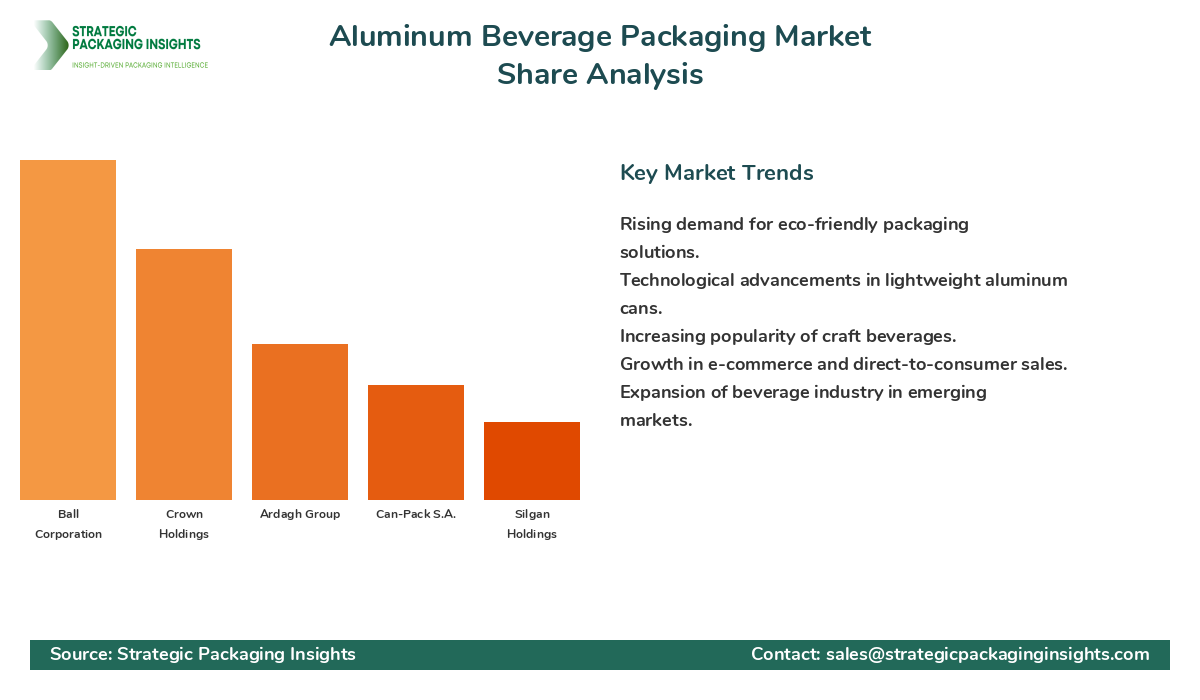- Home
- Beverage Packaging
- Aluminum Beverage Packaging Market Size, Future Growth and Forecast 2033
Aluminum Beverage Packaging Market Size, Future Growth and Forecast 2033
Aluminum Beverage Packaging Market Segments - by Type (Cans, Bottles, Others), Application (Carbonated Soft Drinks, Alcoholic Beverages, Fruit & Vegetable Juices, Others), End-User (Beverage Manufacturers, Retailers, Others), and Region (Asia Pacific, North America, Latin America, Europe, and Middle East & Africa) - Market Dynamics, Growth Opportunities, Strategic Drivers, and PESTLE Outlook (2025–2033)
Aluminum Beverage Packaging Market Outlook
The aluminum beverage packaging market was valued at $45 billion in 2024 and is projected to reach $70 billion by 2033, growing at a CAGR of 5.2% during the forecast period 2025-2033. This market is driven by the increasing demand for sustainable and Recyclable Packaging solutions, as consumers and manufacturers alike are becoming more environmentally conscious. The lightweight nature of aluminum, combined with its ability to preserve the taste and quality of beverages, makes it a preferred choice for packaging. Additionally, the growing consumption of ready-to-drink beverages and the expansion of the beverage industry in emerging markets are further propelling the market growth.
Report Scope
| Attributes | Details |
| Report Title | Aluminum Beverage Packaging Market Size, Future Growth and Forecast 2033 |
| Base Year | 2024 |
| Historic Data | 2017-2023 |
| Forecast Period | 2025-2033 |
| Number of Pages | 103 |
| Type | Cans, Bottles, Others |
| Application | Carbonated Soft Drinks, Alcoholic Beverages, Fruit & Vegetable Juices, Others |
| End-User | Beverage Manufacturers, Retailers, Others |
| Region | Asia Pacific, North America, Latin America, Europe, Middle East & Africa |
| Customization Available | Yes* |
Opportunities & Threats
One of the significant opportunities in the aluminum beverage packaging market is the rising trend of eco-friendly packaging. As consumers become more aware of environmental issues, there is a growing demand for packaging solutions that are not only recyclable but also have a lower carbon footprint. Aluminum, being infinitely recyclable, fits perfectly into this trend, offering manufacturers a way to meet consumer demands while also reducing their environmental impact. Furthermore, advancements in technology are enabling the production of thinner and lighter aluminum cans, which reduces material usage and transportation costs, providing additional cost savings for manufacturers.
Another opportunity lies in the increasing popularity of craft beverages, including craft beers and artisanal sodas, which often prefer aluminum packaging for its ability to preserve flavor and provide a premium look. This trend is particularly strong in North America and Europe, where consumers are willing to pay a premium for unique and high-quality beverage experiences. Additionally, the rise of e-commerce and direct-to-consumer beverage sales is creating new avenues for aluminum packaging, as it offers durability and protection during shipping.
However, the market faces certain threats, such as the volatility in aluminum prices, which can impact the cost of production and, consequently, the pricing of the final product. Additionally, the competition from alternative packaging materials, such as plastics and glass, remains a challenge. While aluminum is favored for its recyclability, plastics are often cheaper, and glass is perceived as more premium, which can sway consumer preferences depending on the market segment.
The aluminum beverage packaging market is characterized by a competitive landscape with several key players holding significant market shares. Companies like Ball Corporation, Crown Holdings, and Ardagh Group are leading the market, leveraging their extensive distribution networks and strong relationships with beverage manufacturers. These companies have been focusing on expanding their production capacities and investing in innovative packaging solutions to maintain their competitive edge.
Ball Corporation, for instance, holds a substantial market share due to its wide range of aluminum packaging solutions and its commitment to sustainability. The company has been at the forefront of developing lightweight and recyclable packaging options, which has helped it secure long-term contracts with major beverage brands. Similarly, Crown Holdings has been focusing on expanding its presence in emerging markets, where the demand for aluminum packaging is on the rise due to the growing beverage industry.
Ardagh Group, another major player, has been investing in advanced manufacturing technologies to enhance its production efficiency and reduce costs. The company’s strategic acquisitions and partnerships have also played a crucial role in strengthening its market position. Other notable companies in the market include Can-Pack S.A., Silgan Holdings, and Toyo Seikan Group, each contributing to the competitive dynamics with their unique offerings and strategic initiatives.
In addition to these major players, several regional and local companies are also competing in the market, offering customized solutions to meet specific consumer needs. The competitive landscape is further intensified by the entry of new players, who are leveraging technological advancements to offer innovative and cost-effective packaging solutions. This dynamic environment is driving companies to continuously innovate and adapt to changing market trends to maintain their market share.
Key Highlights Aluminum Beverage Packaging Market
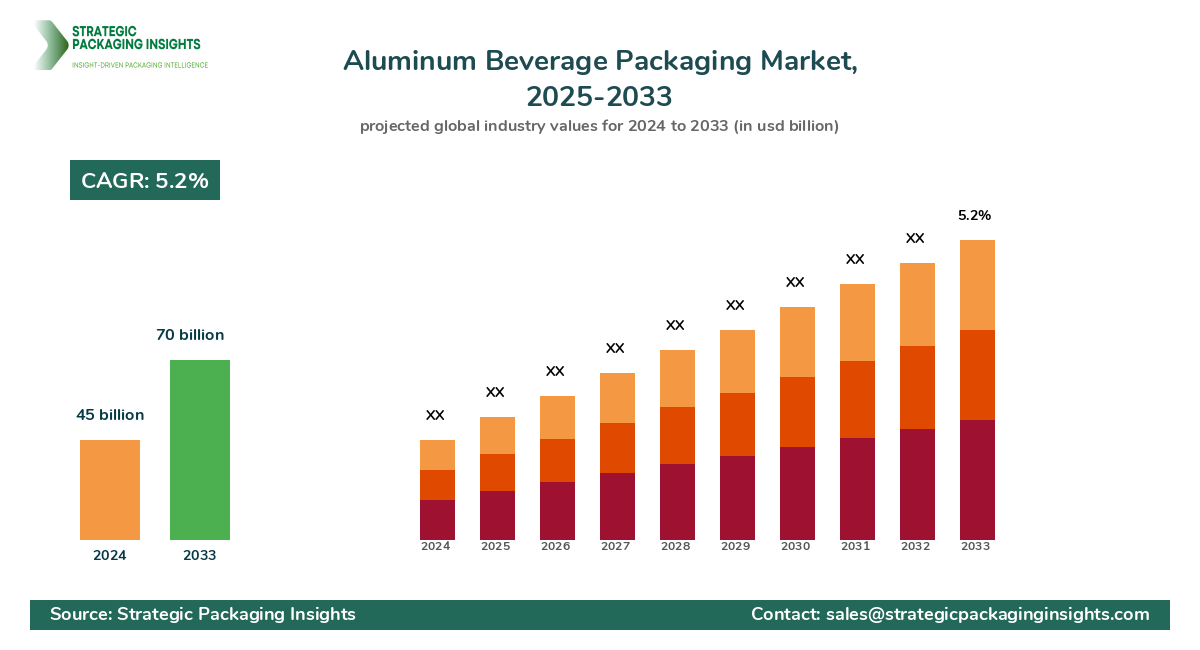
- Aluminum beverage packaging market projected to grow at a CAGR of 5.2% from 2025 to 2033.
- Increasing demand for sustainable and recyclable packaging solutions driving market growth.
- Technological advancements enabling production of thinner and lighter aluminum cans.
- Rising popularity of craft beverages boosting demand for aluminum packaging.
- Volatility in aluminum prices poses a challenge to market growth.
- North America and Europe leading in craft beverage consumption.
- Emerging markets in Asia Pacific showing significant growth potential.
- Major players focusing on expanding production capacities and innovative solutions.
- Competition from alternative packaging materials remains a challenge.
- Growing e-commerce and direct-to-consumer sales creating new opportunities.
Premium Insights - Key Investment Analysis
The aluminum beverage packaging market is witnessing significant investment activity, driven by the increasing demand for Sustainable Packaging solutions. Venture capital firms and private equity investors are showing keen interest in companies that are developing innovative and eco-friendly packaging technologies. The market has also seen a rise in mergers and acquisitions, as established players seek to expand their product portfolios and geographic reach. For instance, recent acquisitions by major companies have focused on enhancing their capabilities in lightweight and recyclable packaging solutions.
Investment valuations in the aluminum beverage packaging market are on the rise, reflecting the growing importance of sustainability in the packaging industry. Investors are particularly interested in companies that offer high returns on investment through cost-effective and environmentally friendly packaging solutions. Emerging investment themes include the development of smart packaging technologies, which offer enhanced consumer engagement and product tracking capabilities.
Risk factors for investors include the volatility in raw material prices and the regulatory challenges associated with packaging waste management. However, the strategic rationale behind major deals often includes the potential for long-term growth in emerging markets, where the demand for aluminum packaging is expected to increase significantly. High-potential investment opportunities are particularly prevalent in the Asia Pacific region, where rapid urbanization and changing consumer preferences are driving the demand for packaged beverages.
Aluminum Beverage Packaging Market Segments Insights
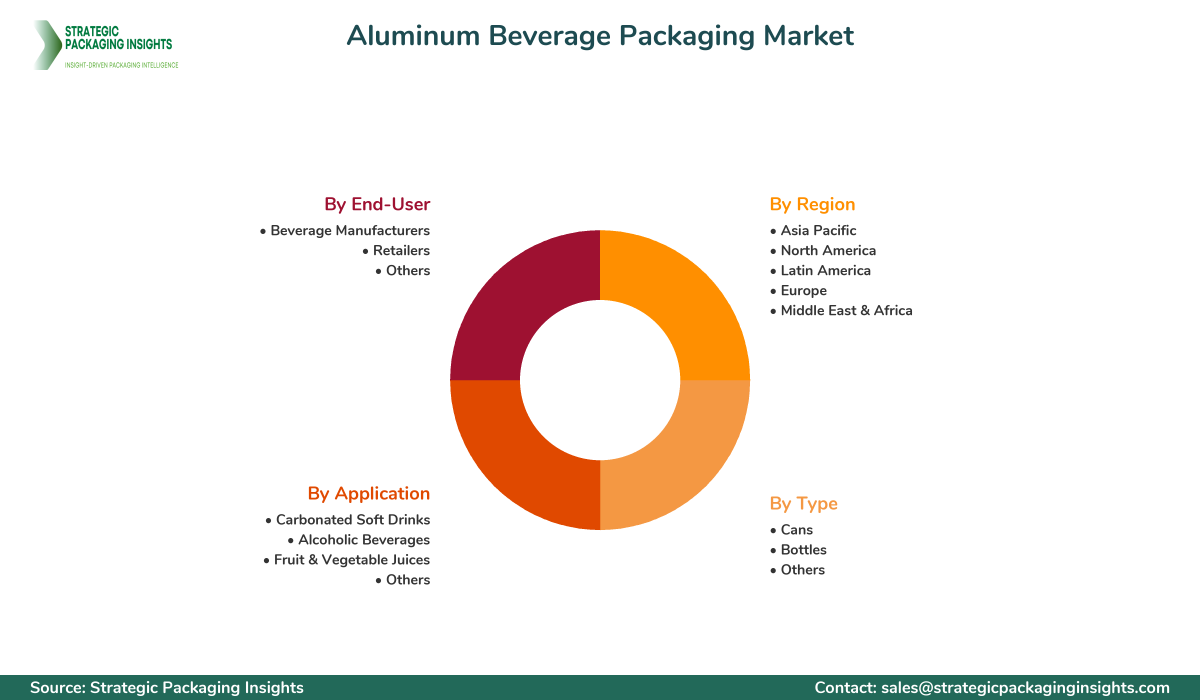
Type Analysis
The aluminum beverage packaging market is segmented by type into cans, bottles, and others. Cans dominate the market due to their widespread use in carbonated soft drinks and alcoholic beverages. The demand for aluminum cans is driven by their lightweight nature, recyclability, and ability to preserve the taste and quality of beverages. Additionally, the increasing popularity of ready-to-drink beverages is boosting the demand for aluminum cans, as they offer convenience and portability.
Bottles, although a smaller segment, are gaining traction in the market, particularly for premium and craft beverages. Aluminum bottles offer a unique combination of durability and aesthetic appeal, making them a preferred choice for brands looking to differentiate their products. The growing trend of on-the-go consumption is also contributing to the demand for aluminum bottles, as they provide a convenient and stylish packaging solution.
Application Analysis
The application segment of the aluminum beverage packaging market includes carbonated soft drinks, alcoholic beverages, fruit & vegetable juices, and others. Carbonated soft drinks represent the largest application segment, driven by the high consumption of these beverages worldwide. Aluminum packaging is favored in this segment due to its ability to maintain carbonation and extend shelf life.
Alcoholic beverages, particularly beer and craft spirits, are also significant contributors to the market. The rise of craft breweries and the increasing demand for premium alcoholic beverages are driving the adoption of aluminum packaging in this segment. Fruit and vegetable juices, although a smaller segment, are witnessing growth due to the rising demand for healthy and natural beverages. Aluminum packaging is preferred for these products as it protects against light and oxygen, preserving the nutritional value and freshness of the juices.
End-User Analysis
The end-user segment of the aluminum beverage packaging market includes beverage manufacturers, retailers, and others. Beverage manufacturers are the primary end-users, accounting for the largest share of the market. These manufacturers are increasingly adopting aluminum packaging due to its sustainability benefits and ability to enhance brand image. The growing focus on reducing carbon footprints and meeting consumer demands for eco-friendly packaging is driving manufacturers to choose aluminum over other materials.
Retailers, although a smaller segment, play a crucial role in the market by influencing consumer purchasing decisions. The increasing popularity of private label beverages is driving retailers to adopt aluminum packaging, as it offers a cost-effective and attractive solution. Other end-users, such as foodservice providers and hospitality businesses, are also contributing to the market growth by adopting aluminum packaging for their beverage offerings.
Regional Analysis
The aluminum beverage packaging market is segmented by region into Asia Pacific, North America, Latin America, Europe, and Middle East & Africa. North America and Europe are the leading regions in the market, driven by the high consumption of packaged beverages and the strong presence of major beverage manufacturers. The growing trend of craft beverages and the increasing focus on sustainability are further boosting the demand for aluminum packaging in these regions.
Asia Pacific is expected to witness significant growth during the forecast period, driven by rapid urbanization, changing consumer preferences, and the expansion of the beverage industry. The increasing disposable income and growing awareness of environmental issues are also contributing to the demand for aluminum packaging in this region. Latin America and Middle East & Africa, although smaller markets, are showing potential for growth due to the increasing consumption of packaged beverages and the rising focus on sustainable packaging solutions.
Market Share Analysis
The market share distribution in the aluminum beverage packaging market is influenced by several factors, including company size, product offerings, and geographic presence. Leading companies such as Ball Corporation, Crown Holdings, and Ardagh Group hold significant market shares due to their extensive product portfolios and strong relationships with major beverage manufacturers. These companies are continuously investing in research and development to introduce innovative packaging solutions and maintain their competitive edge.
Smaller companies and new entrants are also gaining market share by offering customized and cost-effective packaging solutions. The competitive positioning trends in the market are characterized by a focus on sustainability, with companies striving to reduce their environmental impact and meet consumer demands for eco-friendly packaging. The market share distribution affects pricing strategies, as companies with larger market shares can leverage economies of scale to offer competitive pricing. Additionally, the focus on innovation and partnerships is driving companies to collaborate with beverage manufacturers to develop unique and differentiated packaging solutions.
Top Countries Insights in Aluminum Beverage Packaging
The United States is one of the leading countries in the aluminum beverage packaging market, with a market size of $12 billion and a CAGR of 4%. The country's strong beverage industry, coupled with the growing trend of craft beverages, is driving the demand for aluminum packaging. The focus on sustainability and the increasing consumer preference for eco-friendly packaging solutions are also contributing to market growth.
China, with a market size of $10 billion and a CAGR of 6%, is another significant player in the market. The rapid urbanization and changing consumer preferences in the country are driving the demand for packaged beverages, boosting the adoption of aluminum packaging. The government's focus on environmental sustainability and the increasing awareness of recycling benefits are further supporting market growth.
Germany, with a market size of $8 billion and a CAGR of 3%, is a key market in Europe. The country's strong focus on sustainability and the high consumption of packaged beverages are driving the demand for aluminum packaging. The rise of craft beverages and the increasing popularity of premium alcoholic drinks are also contributing to market growth.
Brazil, with a market size of $6 billion and a CAGR of 5%, is a growing market in Latin America. The increasing consumption of carbonated soft drinks and alcoholic beverages is driving the demand for aluminum packaging. The focus on sustainability and the growing awareness of environmental issues are also contributing to market growth.
India, with a market size of $5 billion and a CAGR of 7%, is an emerging market in Asia Pacific. The rapid urbanization and increasing disposable income in the country are driving the demand for packaged beverages, boosting the adoption of aluminum packaging. The government's initiatives to promote recycling and reduce plastic waste are also supporting market growth.
Aluminum Beverage Packaging Market Segments
The Aluminum Beverage Packaging market has been segmented on the basis of
Type
- Cans
- Bottles
- Others
Application
- Carbonated Soft Drinks
- Alcoholic Beverages
- Fruit & Vegetable Juices
- Others
End-User
- Beverage Manufacturers
- Retailers
- Others
Region
- Asia Pacific
- North America
- Latin America
- Europe
- Middle East & Africa
Primary Interview Insights
What is driving the growth of the aluminum beverage packaging market?
What are the major challenges faced by the aluminum beverage packaging market?
How are companies addressing sustainability in aluminum beverage packaging?
Which regions are expected to see significant growth in the aluminum beverage packaging market?
What investment opportunities exist in the aluminum beverage packaging market?
Latest Reports

The Hot Melt Glue Labeler market was valued at $1.2 billion in 2024 and is projected to reach $2.3 billion by 2033, growing at a CAGR of 6.5% during the forecast period 2025–2033.

The Ethical Label market was valued at $1.5 billion in 2024 and is projected to reach $3.2 billion by 2033, growing at a CAGR of 8.5% during the forecast period 2025–2033.

The Packaging Tensioner market was valued at $1.2 billion in 2024 and is projected to reach $2.3 billion by 2033, growing at a CAGR of 6.5% during the forecast period 2025–2033.
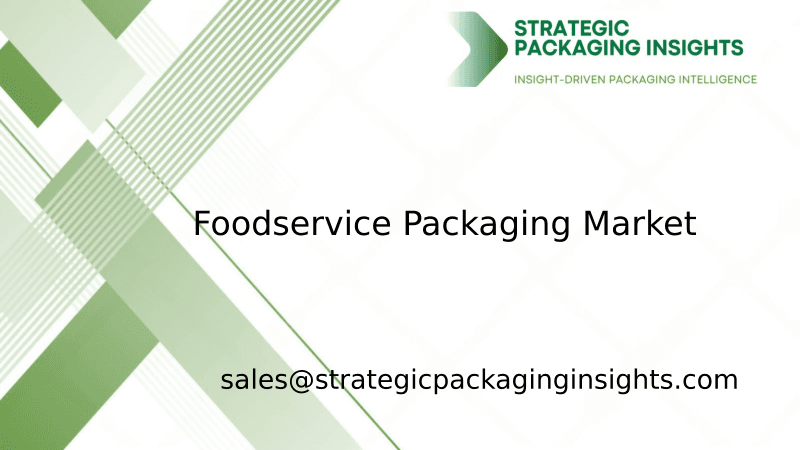
The foodservice packaging market was valued at $120 billion in 2024 and is projected to reach $180 billion by 2033, growing at a CAGR of 4.5% during the forecast period 2025–2033.

The nano-enabled packaging market was valued at $15.2 billion in 2024 and is projected to reach $35.6 billion by 2033, growing at a CAGR of 9.5% during the forecast period 2025–2033.
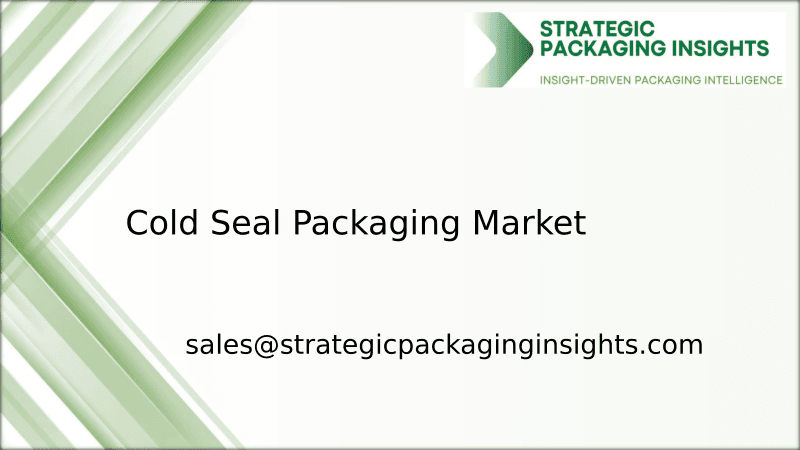
The Cold Seal Packaging market was valued at $1.5 billion in 2024 and is projected to reach $2.3 billion by 2033, growing at a CAGR of 4.8% during the forecast period 2025–2033.

The Transparent Barrier Packaging Films market was valued at $12.5 billion in 2024 and is projected to reach $20.3 billion by 2033, growing at a CAGR of 5.8% during the forecast period 2025–2033.
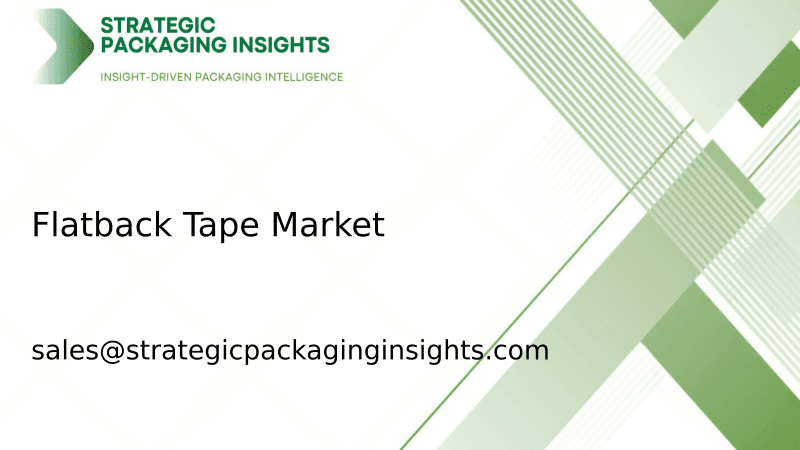
The Flatback Tape market was valued at $2.5 billion in 2024 and is projected to reach $4.1 billion by 2033, growing at a CAGR of 5.8% during the forecast period 2025–2033.
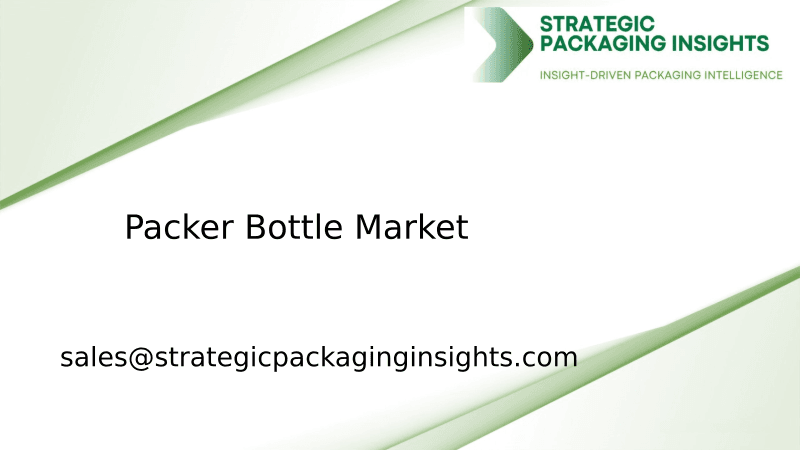
The packer bottle market was valued at $3.5 billion in 2024 and is projected to reach $5.8 billion by 2033, growing at a CAGR of 5.2% during the forecast period 2025–2033.
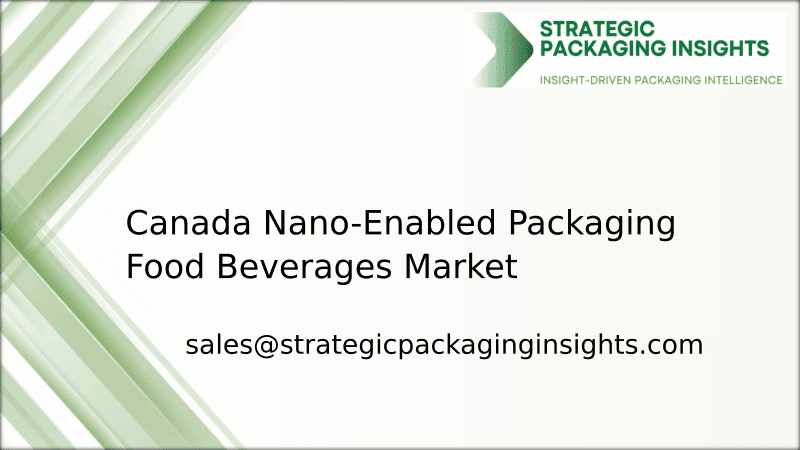
The Canada Nano-Enabled Packaging Food Beverages market was valued at $1.2 billion in 2024 and is projected to reach $3.5 billion by 2033, growing at a CAGR of 12.5% during the forecast period 2025–2033.
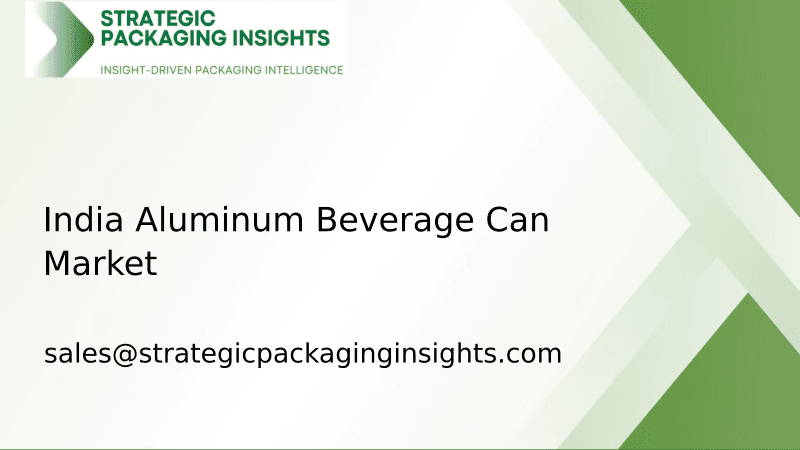
The India Aluminum Beverage Can market was valued at $1.2 billion in 2024 and is projected to reach $2.5 billion by 2033, growing at a CAGR of 8.5% during the forecast period 2025–2033.
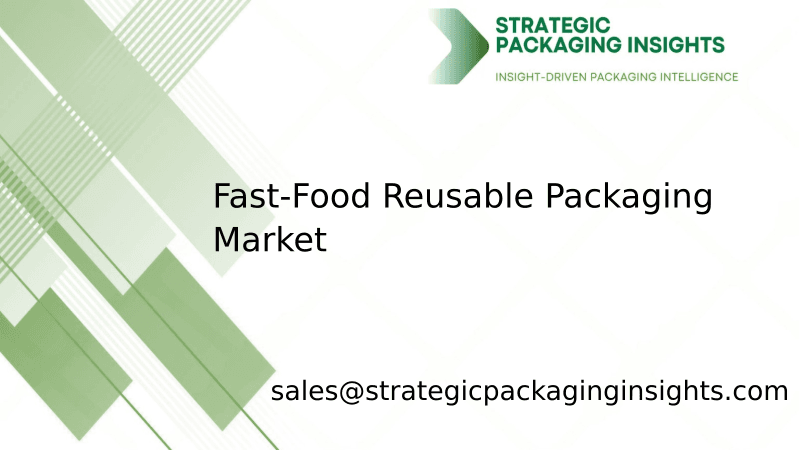
The fast-food reusable packaging market was valued at $1.2 billion in 2024 and is projected to reach $3.5 billion by 2033, growing at a CAGR of 12.5% during the forecast period 2025–2033.
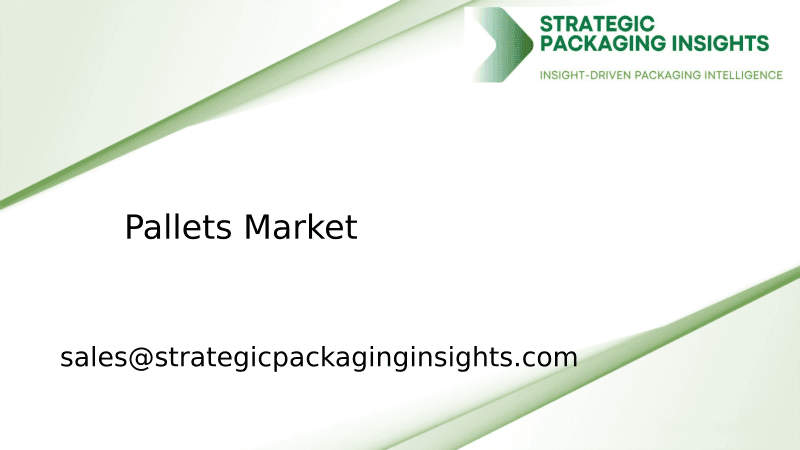
The pallets market was valued at $59.91 billion in 2024 and is projected to reach $88.69 billion by 2033, growing at a CAGR of 4.5% during the forecast period 2025–2033.

The lamination adhesives market was valued at $2.5 billion in 2024 and is projected to reach $4.1 billion by 2033, growing at a CAGR of 5.8% during the forecast period 2025–2033.

The garment packing machine market was valued at $1.2 billion in 2024 and is projected to reach $2.5 billion by 2033, growing at a CAGR of 8.5% during the forecast period 2025–2033.
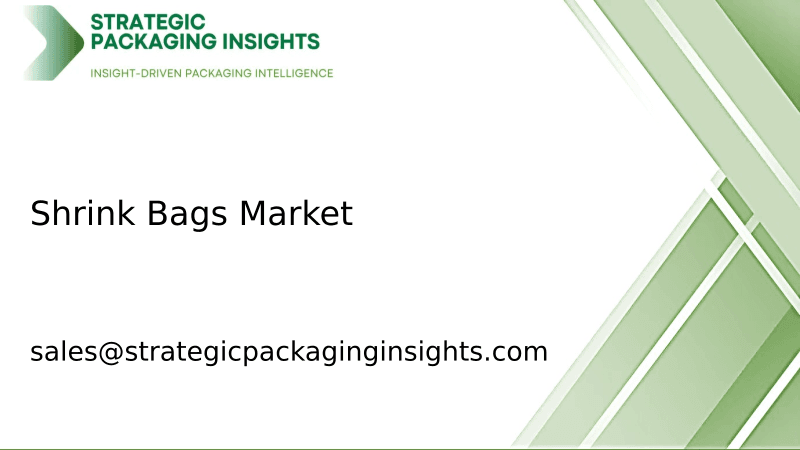
The shrink bags market was valued at $3.5 billion in 2024 and is projected to reach $5.8 billion by 2033, growing at a CAGR of 5.2% during the forecast period 2025–2033.
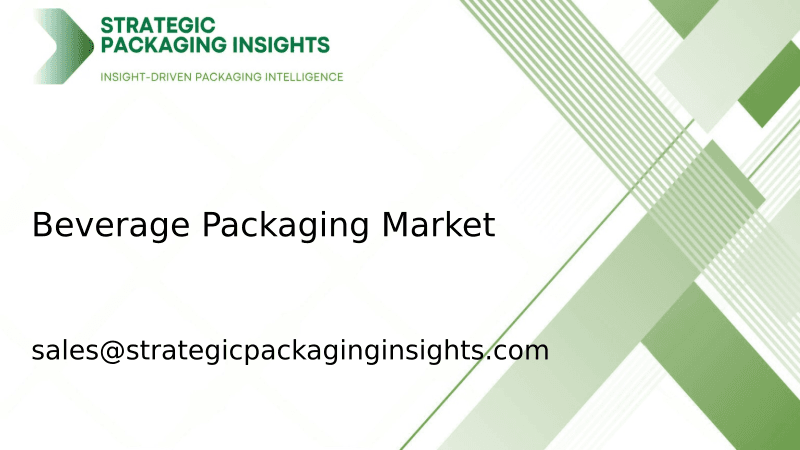
The beverage packaging market was valued at $128 billion in 2024 and is projected to reach $186 billion by 2033, growing at a CAGR of 4.2% during the forecast period 2025–2033.
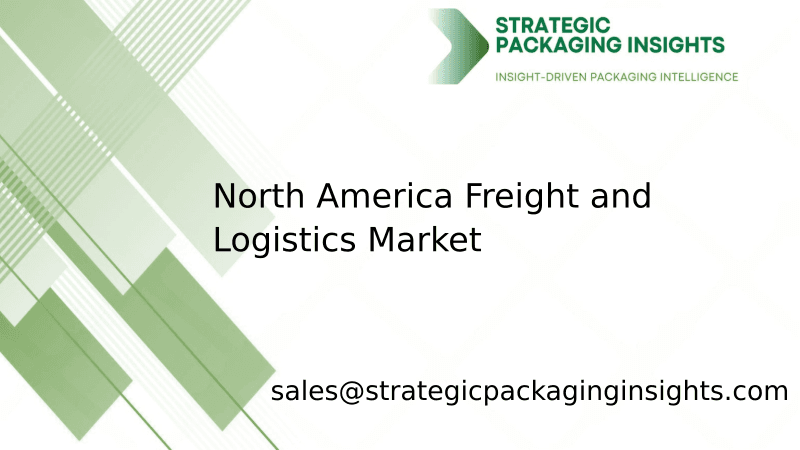
The North America Freight and Logistics market was valued at $1,200 billion in 2024 and is projected to reach $1,800 billion by 2033, growing at a CAGR of 4.5% during the forecast period 2025–2033.
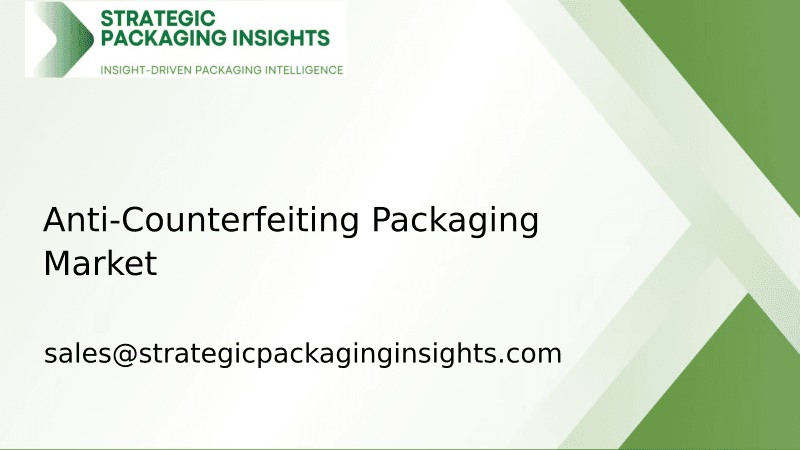
The Anti-Counterfeiting Packaging market was valued at $105 billion in 2024 and is projected to reach $182 billion by 2033, growing at a CAGR of 6.5% during the forecast period 2025–2033.

The Active and Modified Atmospheric Packaging market was valued at $15.2 billion in 2024 and is projected to reach $25.8 billion by 2033, growing at a CAGR of 6.5% during the forecast period 2025–2033.

The molded fiber packaging market was valued at $7.5 billion in 2024 and is projected to reach $12.3 billion by 2033, growing at a CAGR of 5.8% during the forecast period 2025–2033.

The micro packaging market was valued at $1.2 billion in 2024 and is projected to reach $2.5 billion by 2033, growing at a CAGR of 8.5% during the forecast period 2025–2033.

The Anti-counterfeit Pharmaceuticals Packaging market was valued at $80 billion in 2024 and is projected to reach $150 billion by 2033, growing at a CAGR of 7.5% during the forecast period 2025–2033.
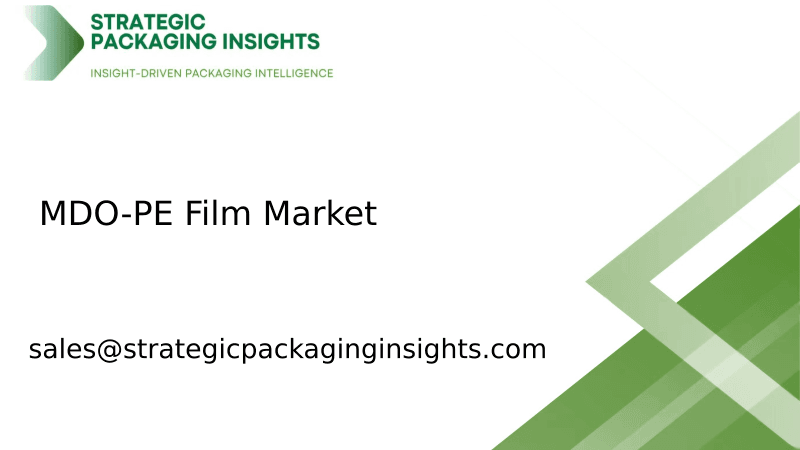
The MDO-PE Film market was valued at $3.5 billion in 2024 and is projected to reach $5.8 billion by 2033, growing at a CAGR of 5.2% during the forecast period 2025–2033.
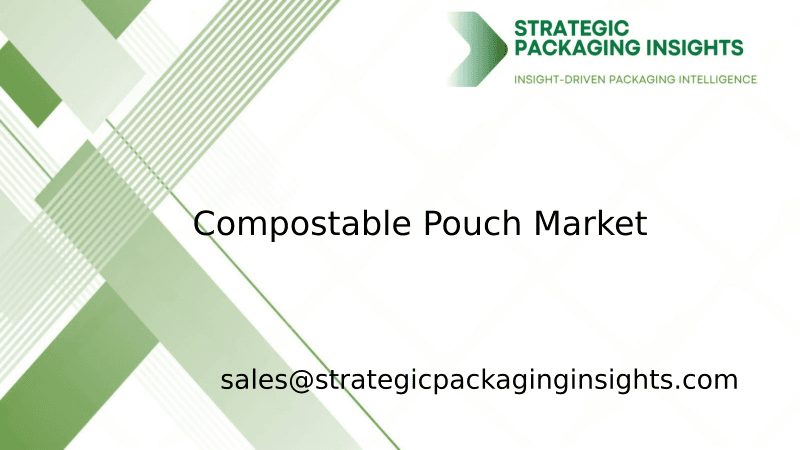
The compostable pouch market was valued at $1.2 billion in 2024 and is projected to reach $3.5 billion by 2033, growing at a CAGR of 12.5% during the forecast period 2025–2033.

The Hot Melt Glue Labeler market was valued at $1.2 billion in 2024 and is projected to reach $2.3 billion by 2033, growing at a CAGR of 6.5% during the forecast period 2025–2033.

The Ethical Label market was valued at $1.5 billion in 2024 and is projected to reach $3.2 billion by 2033, growing at a CAGR of 8.5% during the forecast period 2025–2033.

The Packaging Tensioner market was valued at $1.2 billion in 2024 and is projected to reach $2.3 billion by 2033, growing at a CAGR of 6.5% during the forecast period 2025–2033.

The foodservice packaging market was valued at $120 billion in 2024 and is projected to reach $180 billion by 2033, growing at a CAGR of 4.5% during the forecast period 2025–2033.

The nano-enabled packaging market was valued at $15.2 billion in 2024 and is projected to reach $35.6 billion by 2033, growing at a CAGR of 9.5% during the forecast period 2025–2033.

The Cold Seal Packaging market was valued at $1.5 billion in 2024 and is projected to reach $2.3 billion by 2033, growing at a CAGR of 4.8% during the forecast period 2025–2033.

The Transparent Barrier Packaging Films market was valued at $12.5 billion in 2024 and is projected to reach $20.3 billion by 2033, growing at a CAGR of 5.8% during the forecast period 2025–2033.

The Flatback Tape market was valued at $2.5 billion in 2024 and is projected to reach $4.1 billion by 2033, growing at a CAGR of 5.8% during the forecast period 2025–2033.

The packer bottle market was valued at $3.5 billion in 2024 and is projected to reach $5.8 billion by 2033, growing at a CAGR of 5.2% during the forecast period 2025–2033.

The Canada Nano-Enabled Packaging Food Beverages market was valued at $1.2 billion in 2024 and is projected to reach $3.5 billion by 2033, growing at a CAGR of 12.5% during the forecast period 2025–2033.

The India Aluminum Beverage Can market was valued at $1.2 billion in 2024 and is projected to reach $2.5 billion by 2033, growing at a CAGR of 8.5% during the forecast period 2025–2033.

The fast-food reusable packaging market was valued at $1.2 billion in 2024 and is projected to reach $3.5 billion by 2033, growing at a CAGR of 12.5% during the forecast period 2025–2033.

The pallets market was valued at $59.91 billion in 2024 and is projected to reach $88.69 billion by 2033, growing at a CAGR of 4.5% during the forecast period 2025–2033.

The lamination adhesives market was valued at $2.5 billion in 2024 and is projected to reach $4.1 billion by 2033, growing at a CAGR of 5.8% during the forecast period 2025–2033.

The garment packing machine market was valued at $1.2 billion in 2024 and is projected to reach $2.5 billion by 2033, growing at a CAGR of 8.5% during the forecast period 2025–2033.

The shrink bags market was valued at $3.5 billion in 2024 and is projected to reach $5.8 billion by 2033, growing at a CAGR of 5.2% during the forecast period 2025–2033.

The beverage packaging market was valued at $128 billion in 2024 and is projected to reach $186 billion by 2033, growing at a CAGR of 4.2% during the forecast period 2025–2033.

The North America Freight and Logistics market was valued at $1,200 billion in 2024 and is projected to reach $1,800 billion by 2033, growing at a CAGR of 4.5% during the forecast period 2025–2033.

The Anti-Counterfeiting Packaging market was valued at $105 billion in 2024 and is projected to reach $182 billion by 2033, growing at a CAGR of 6.5% during the forecast period 2025–2033.

The Active and Modified Atmospheric Packaging market was valued at $15.2 billion in 2024 and is projected to reach $25.8 billion by 2033, growing at a CAGR of 6.5% during the forecast period 2025–2033.

The molded fiber packaging market was valued at $7.5 billion in 2024 and is projected to reach $12.3 billion by 2033, growing at a CAGR of 5.8% during the forecast period 2025–2033.

The micro packaging market was valued at $1.2 billion in 2024 and is projected to reach $2.5 billion by 2033, growing at a CAGR of 8.5% during the forecast period 2025–2033.

The Anti-counterfeit Pharmaceuticals Packaging market was valued at $80 billion in 2024 and is projected to reach $150 billion by 2033, growing at a CAGR of 7.5% during the forecast period 2025–2033.

The MDO-PE Film market was valued at $3.5 billion in 2024 and is projected to reach $5.8 billion by 2033, growing at a CAGR of 5.2% during the forecast period 2025–2033.

The compostable pouch market was valued at $1.2 billion in 2024 and is projected to reach $3.5 billion by 2033, growing at a CAGR of 12.5% during the forecast period 2025–2033.
